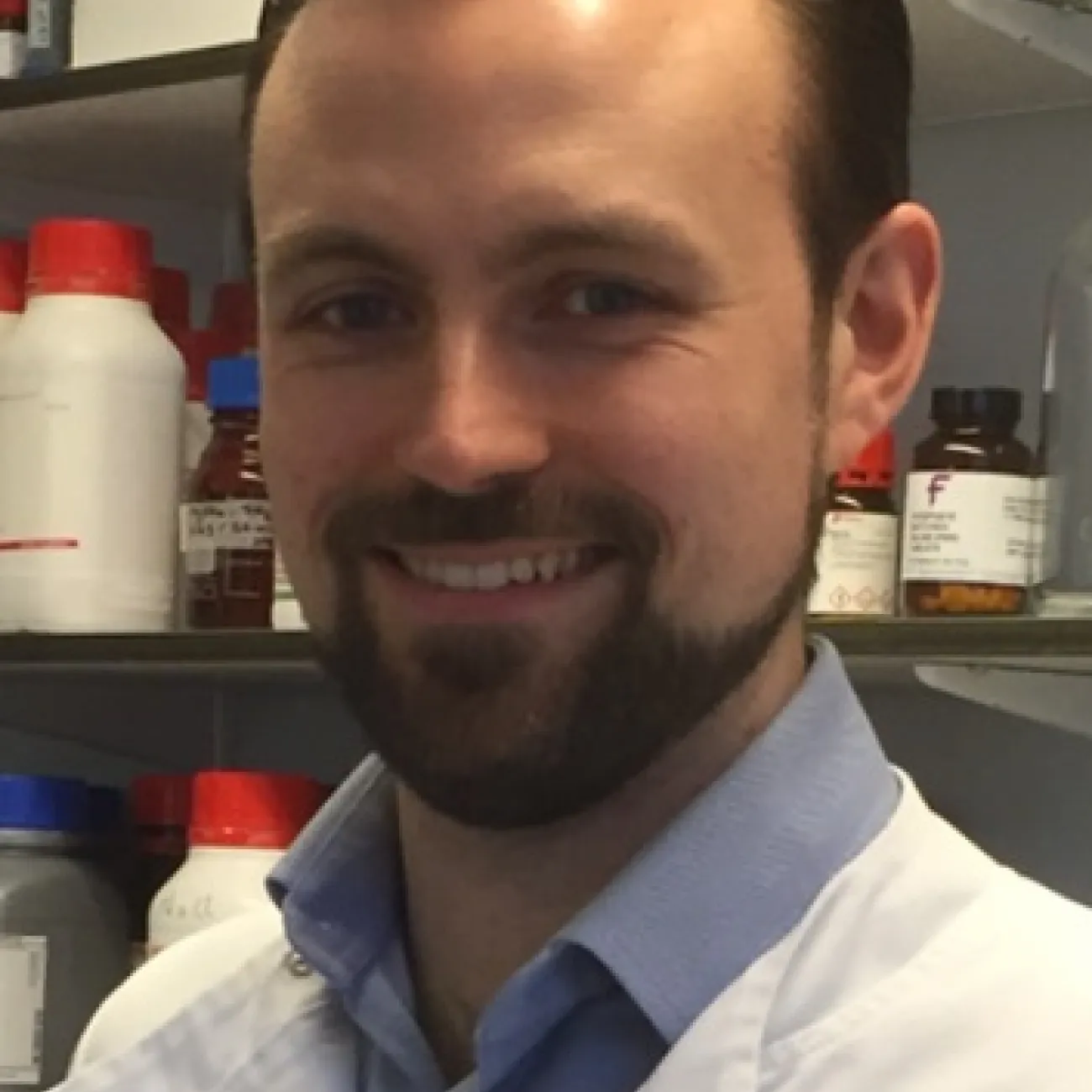Research
Research groups
Member of:
Research interests
- 1. Drugs in bugs: The main focus of my research is developing applications for genetically modified Neisseria lactamica, as a means to deliver molecules of biological importance to the upper respiratory mucosa of humans. My work into the use of this genetically modified commensal as an antigen delivery platform has shown it generates systemic and localised humoral responses (i.e. antibodies) and immunological memory against a specific, heterologous antigen during a controlled human infection model experiment (CHIME). The technology has a broad range of potential applications in the field of vaccine development and delivery, which I am exploring through collaborations with biotech companies specialising in recombinant antigen presentation. As part of the continued evolution of the NTT platform, I am interested in the development of new molecular tools. I utilise synthetic biology and reporter systems to generate new methods to control gene expression and create simplified and streamlined cloning systems in this commensal.
- 2. Bugs as drugs: An interesting observation from previous CHIMEs is that Neisseria lactamica is able to exclude a closely related bacterial species, Neisseria meningitidis, from the nose and throat of people it colonises. Neisseria meningitidis is a pathbiont, and the causative agent of meningococcal disease. Colonisation of an individual’s nose and throat with the pathobiont is prerequisite for the onset of disease, which can be rapidly lethal. First displacing and then preventing the reacquisition of the meningococcus in the nose and throat can therefore disrupt a critical stage in the pathogenesis of meningococcal infection. The displacement of Neisseria meningitidis by Neisseria lactamica is rapid and non-discriminatory, insofar as it is not limited to any particular subgroup of the pathobiont. Therefore, it is plausible that controlled infection with normal, unmodified, so-called wild type Neisseria lactamica could have a positive impact on the incidence of meningococcal disease, especially in regions of sub-saharan Africa where there are still meningococcal epidemics. I have developed a freeze-dried preparation of Neisseria lactamica, the efficacy of colonisation with which has been tested both here in Southampton and at the Centre for Vaccine Development in Bamako, Mali in association with the Mucosal Pathogens Research Unit from University College London.
Research projects
Active projects
Sponsor: Medical Research Council
Completed projects
Sponsor: ILiAD Biotechnologies, LLC
Researchers:
